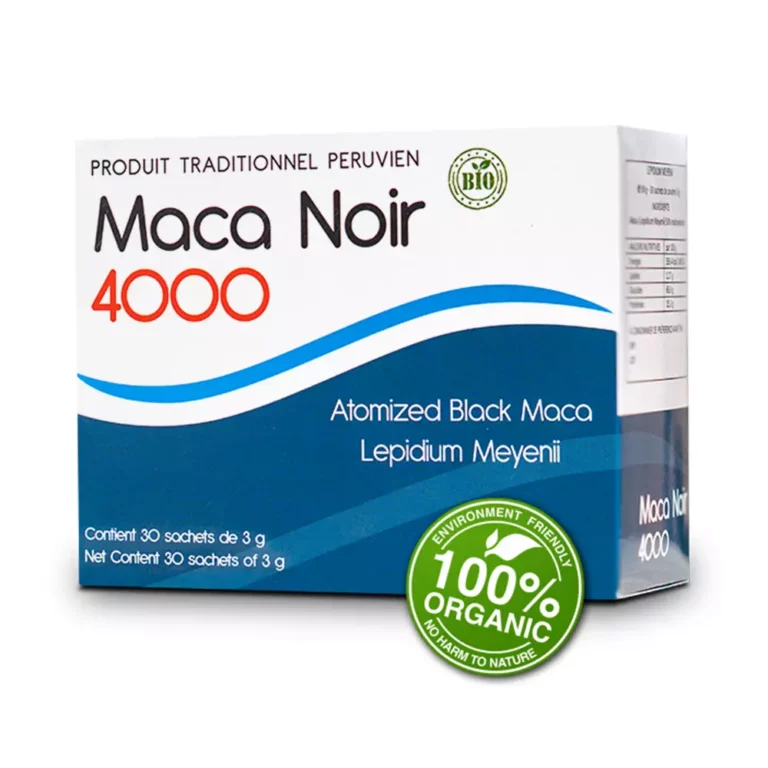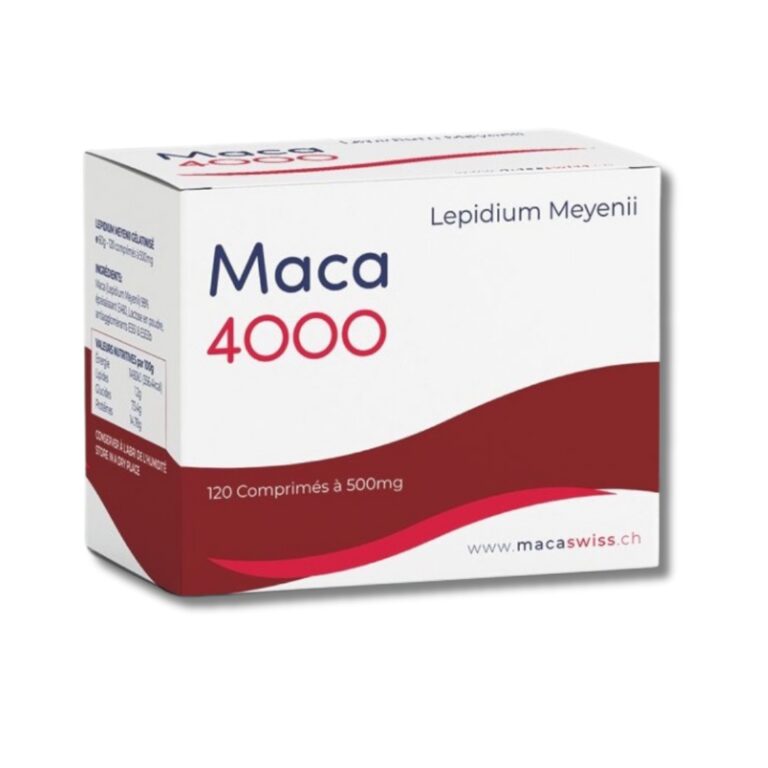Maca (Lepidium Meyenii) has been cultivated since a very remote period in the region of Lake Junin in the central Andes of Peru at an altitude of more than 4000 meters. The nutritional value of dried maca root is high, it is rich in calcium and potassium with a low sodium content, and contains essential oligo elements: iron, iodine, copper, manganese and zinc as well as fatty acids: Alpha-linoleic acid, palmitic acid and oleic acid, and 19 amino acids (Wikipedia).


Maca Recepies
Soon you can read our favorite Maca recepies here.
Soon

